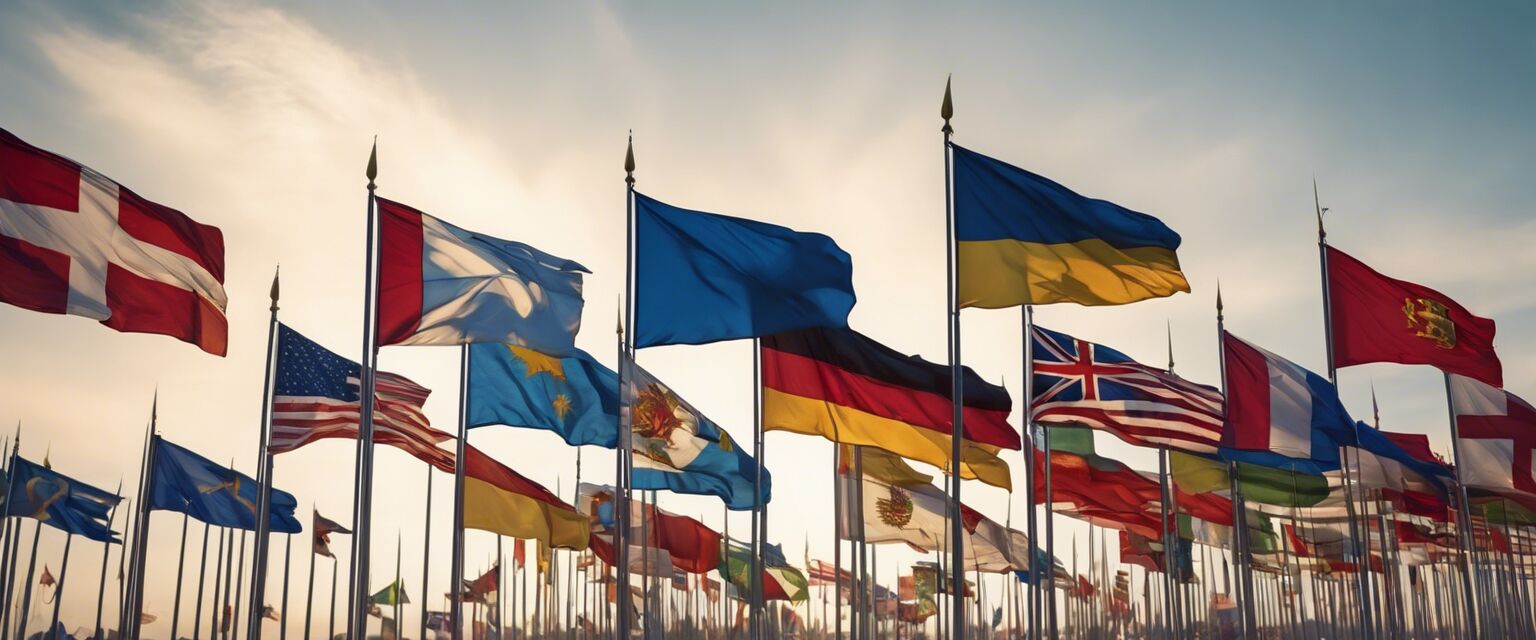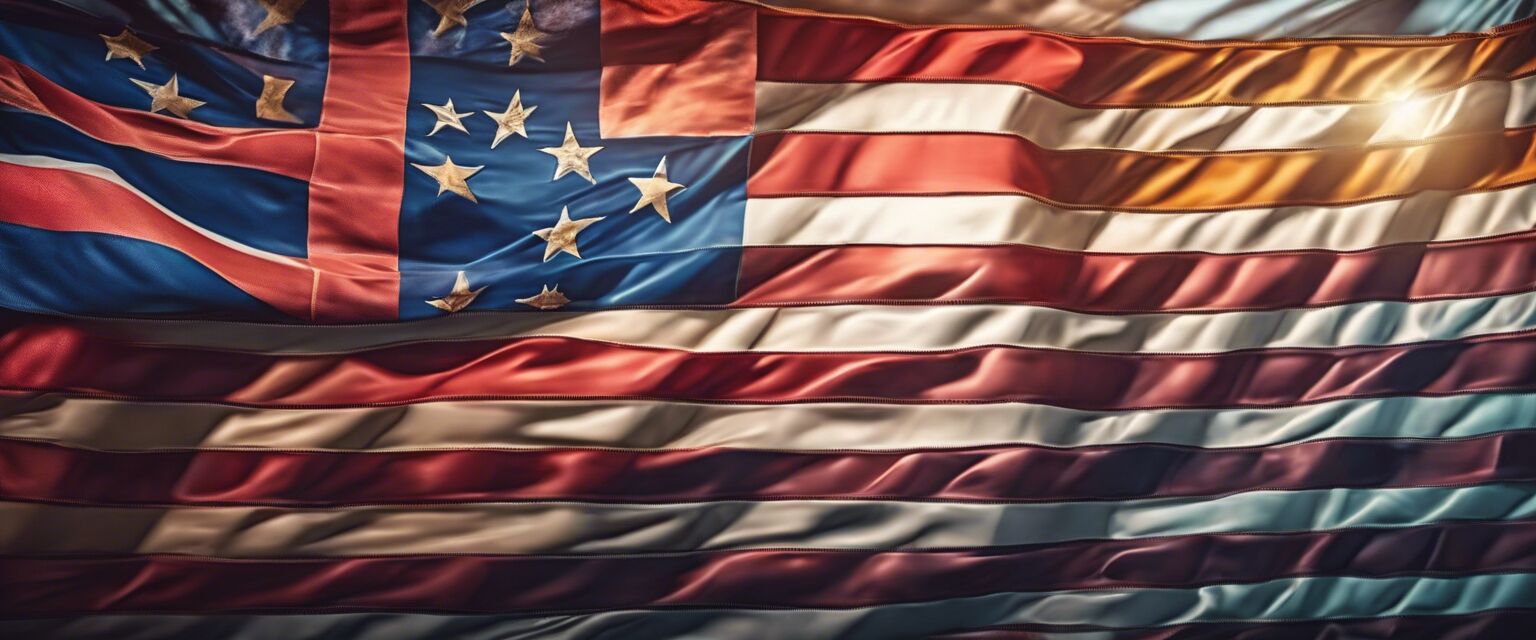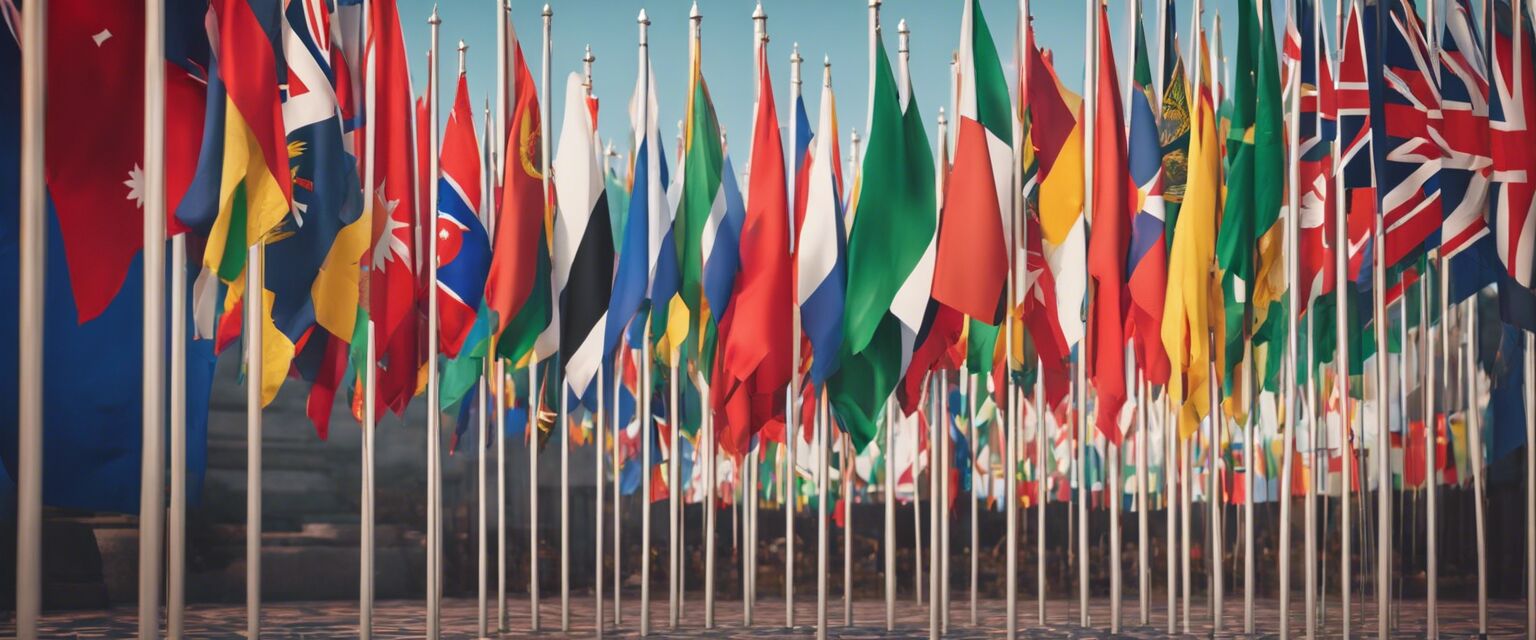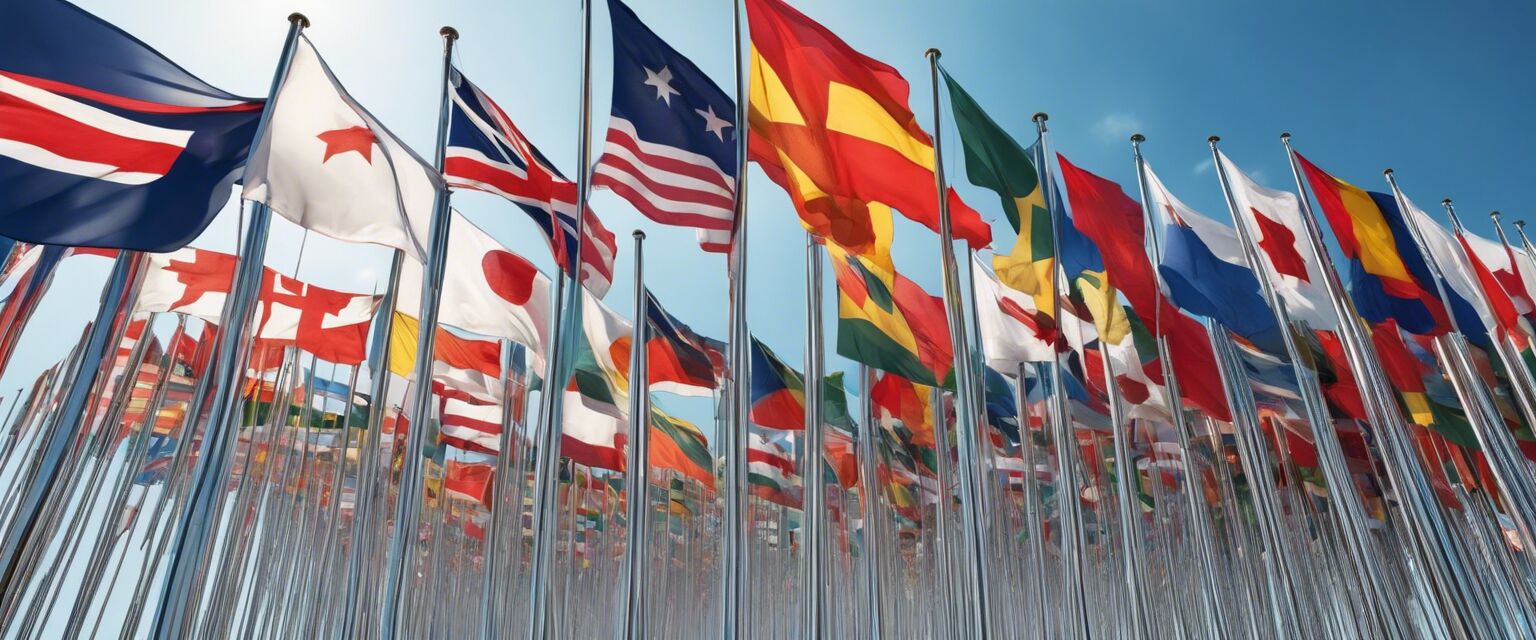
Regional Flags
Key Takeaways
- Regional flags symbolize local culture, history, and pride.
- Each flag has unique colors and designs that convey specific meanings.
- Flags are used in festivals and events to represent communities.
- Understanding regional flags can enhance appreciation for local heritage.
Flags are more than just colorful pieces of fabric. They are symbols that represent the identity, history, and culture of a region. In this article, we will explore the significance of regional flags, their designs, and their roles in various communities.
Understanding Regional Flags
Regional flags can vary widely in design and symbolism. They often reflect the history, natural features, and cultural heritage of the area they represent. Below is a table outlining some common elements found in regional flags:
| Element | Description | Example |
|---|---|---|
| Colors | Colors often have specific meanings, such as blue for water or green for nature. | Green and yellow in many African flags |
| Symbols | Many flags include symbols that represent local culture or history. | An eagle in the flag of Mexico |
| Patterns | Patterns can signify unity, strength, or specific historical events. | Stripes in the American flag |
Significance of Regional Flags
Regional flags play a crucial role in fostering community pride and identity. They are often displayed during festivals, parades, and local events. Here are some of the key significances of regional flags:
- Cultural Representation: Flags represent the unique culture and traditions of a region.
- Historical Significance: Many flags have historical ties that tell stories about the region's past.
- Community Unity: Flags foster a sense of belonging and unity within the community.
Popular Regional Flags Around the World
To illustrate the diversity of regional flags, here are some notable examples:
| Region | Flag | Meaning |
|---|---|---|
| Quebec, Canada |  |
The blue represents the sky, and the white symbolizes purity. |
| Scotland |  |
The cross represents Saint Andrew, the patron saint of Scotland. |
| California, USA |  |
The bear represents strength and unyielding resistance. |
How to Display Regional Flags
Displaying regional flags can be a great way to show pride in one's heritage. Here are some tips on how to display them:
Tips for Displaying Flags
- Hang them vertically or horizontally, depending on the design.
- Ensure the flag is clean and well-maintained.
- Use appropriate flag poles or mounts for outdoor display.
- Consider displaying flags during local festivals and events.
Conclusion
Regional flags are powerful symbols that encapsulate the spirit of a community. Understanding their significance helps foster respect and appreciation for cultural diversity. Whether you're designing a new flag or simply displaying one, remember the stories and meanings behind each design. For more information on various types of flags, check out our other pages on custom flags, festival flags, and national flags.
Pros
- Enhances community pride and identity.
- Provides a unique representation of cultural heritage.
- Encourages participation in local events and festivals.
Cons
- May cause division if not embraced by all community members.
- Some flags may be misunderstood or misrepresented.








